Sun exposure is inevitable- from simply stepping outside of your home to basking under the sun at the beach. Regardless of the degree of your encounter with the UV rays, it is important to note that your skin is susceptible to sun damage.
In fact, it is the number one cause of premature wrinkling and signs of aging. On the bright side (no pun intended), there are ways to prevent and combat sun-damaged skin. Continue reading to discover how to stop solar damage in its tracks.

We can't hide from sun exposure
Top Tips to Prevent Sun Damaged Skin:
- For daytime, layer a vitamin C serum underneath a moisturizer with a built-in broad-spectrum sunscreen. Broad spectrum means it protects against both UVA & UVB rays. A vitamin C serum enhances sunscreen because it's an antioxidant that helps fight free radical damage (such as from the sun).
- Use at-home skin care products that contain Alpha Hydroxy Acids- especially Glycolic and Lactic Acid. Glycolic is a superstar ingredient that helps repair leathery, sun damaged skin since it has re-texturizing properties, while Lactic Acid helps lighten discolored skin due to the sun. You may also opt to invest in getting a professional chemical peel in Glycolic or Lactic Acid at your local reputable spa or salon.

- Invest in at-home professional-grade skin care tools such as Microdermabrasion. It's a powerful tool that offers a higher level of exfoliation to help salvage sun damaged-skin to polish and resurface the skin, helping to deliver a re-texturized, smoother complexion.
Trophy Skin offers professional-grade at-home microdermabrasion devices that effectively exfoliate the skin to help your fight against sun damaged skin. They offer a range of microderm devices from standard to travel-sized for your convenience and the prices are very reasonable and will actually save you a lot of money compared to a series of microdermabrasion treatments at a spa or salon.
Remember to put these tips into practice all year round- not just during the summer months. By doing so, you will preserve your skin and dramatically slow down the aging process.
Lesser-Known Tips for Protecting Your Skin
While many people are familiar with the basics of sun protection, such as wearing sunscreen and avoiding peak UV hours, there are additional strategies that can further safeguard your skin and minimize the risk for skin cancer. Let’s explore some lesser-known tips and potential pitfalls to avoid.
Opt for Mineral Sunscreen Over Chemical Formulas
Although chemical sunscreens are widely used, they may not provide the best protection for everyone. Mineral-based sunscreens, containing zinc oxide or titanium dioxide, create a physical barrier on the skin, reflecting ultraviolet (UV) rays rather than absorbing them. This can help protect your skin from sun damage and lower your risk of developing skin cancer, especially for those with sensitive skin types or light skin tones. Mineral sunscreens are also less likely to irritate the skin or clog pores, making them ideal for those prone to acne or other skin conditions.
Pay Attention to the Small Details
When applying sunscreen, we often forget about areas of our skin that are equally vulnerable to sun damage, such as the scalp, the tops of the ears, and the back of the neck. These areas are frequently exposed to the sun and can suffer from sunburn and UV damage without proper protection. Wearing a hat or using a sun-protective spray on your hairline and scalp can prevent skin damage from the sun in these sensitive areas, reducing your risk of skin cancer over time.
Beware of Tanning Beds
Tanning beds are notorious for increasing the risk of skin cancer, specifically squamous cell carcinoma and melanoma. Even though tanning beds might promise a "healthy glow," the UV radiation they emit can cause significant skin damage, leading to premature aging, wrinkles, and, most concerning, a higher chance of developing skin cancer. It’s crucial to avoid tanning beds entirely to protect your skin from long-term damage.
Recognizing Early Signs of Skin Cancer
One of the best ways to protect your skin from severe damage is by catching early signs of skin cancer. Regularly inspect your skin for any unusual changes, such as new skin spots, changes in the color or size of moles, or the development of rough patches known as actinic keratoses. Actinic keratoses are a precursor to squamous cell carcinoma, one of the more common types of skin cancer. Early detection can make a significant difference in treatment outcomes.
Don’t Rely on SPF Alone
Many people believe that as long as they use a sunscreen with a high sun protection factor (SPF), they are fully protected from UV damage. However, SPF only measures protection against UVB rays, which cause sunburn, but not UVA rays, which penetrate deeper into the skin and cause long-term damage, such as wrinkles and sagging skin. To fully protect your skin, it’s essential to use a broad-spectrum sunscreen that blocks both UVA and UVB rays and to reapply it every two hours, especially if you're spending a lot of time in the sun.
Unexpected Drawbacks of Some Sunscreens
While sunscreen is critical for protecting your skin, not all formulations are created equal. Some sunscreens, especially those containing certain chemicals, may have unintended negative effects on the skin or the environment.
Chemical Sunscreens and Skin Sensitivity
Many chemical sunscreens contain ingredients that can cause irritation, especially for people with sensitive skin. Oxybenzone and octinoxate are two common ingredients linked to allergic reactions and skin inflammation, which can exacerbate conditions like eczema or rosacea. If you experience irritation or uneven skin texture after using chemical sunscreens, switching to a mineral formula could be beneficial.
Environmental Impact of Sunscreens
Some chemical sunscreens have been shown to harm marine life, particularly coral reefs. Ingredients like oxybenzone and octinoxate are known to contribute to coral bleaching, which has led several regions to ban their use. Opting for reef-safe sunscreens not only protects your skin but also helps prevent environmental damage, making your sun protection routine eco-friendly.
Alternatives to Traditional Sun Protection
Beyond sunscreen, there are additional methods to protect your skin from the sun’s harmful rays. Wearing sun-protective clothing, such as long-sleeved shirts, wide-brimmed hats, and UV-blocking sunglasses, can shield exposed skin from excessive sun exposure. Some fabrics are even designed with a built-in UPF (Ultraviolet Protection Factor) rating, which provides extra defense against UV rays.
For those looking to reverse existing sun damage, treatments like laser skin resurfacing can help repair skin texture and tone, minimizing fine lines, wrinkles, and brown spots caused by excessive sun exposure. Consult a dermatologist to explore the best treatment options tailored to your skin type.
Conclusion
Protecting your skin from the sun involves more than just applying sunscreen—it’s about making informed choices and taking proactive steps to prevent long-term damage. By being mindful of how much sun exposure you get and using a variety of protective measures, you can reduce the risk of skin cancer and maintain healthier, younger-looking skin. Remember, even small changes in your routine can have a significant impact on the appearance and health of your skin.
Key Takeaways:
- Mineral sunscreens offer better protection for sensitive skin and lower environmental impact.
- Don’t forget to apply sunscreen to often-overlooked areas like the scalp and ears.
- Tanning beds significantly increase the risk of skin cancer and should be avoided.
- Watch for early signs of skin cancer, such as changes in moles or the development of actinic keratoses.
- Broad-spectrum sunscreens protect against both UVA and UVB rays, essential for long-term skin health.
- Explore alternatives like sun-protective clothing and treatments like laser skin resurfacing to repair and protect your skin.

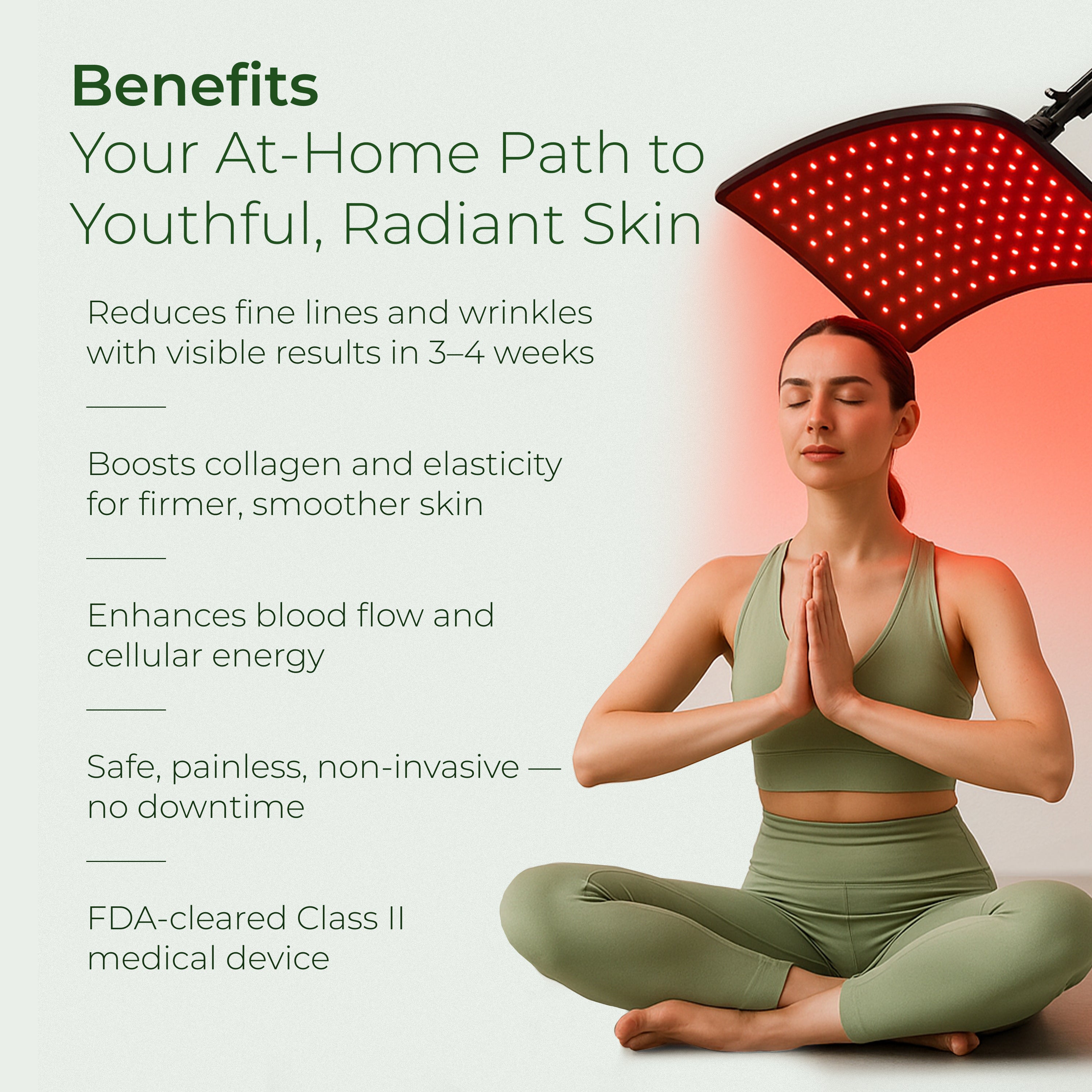

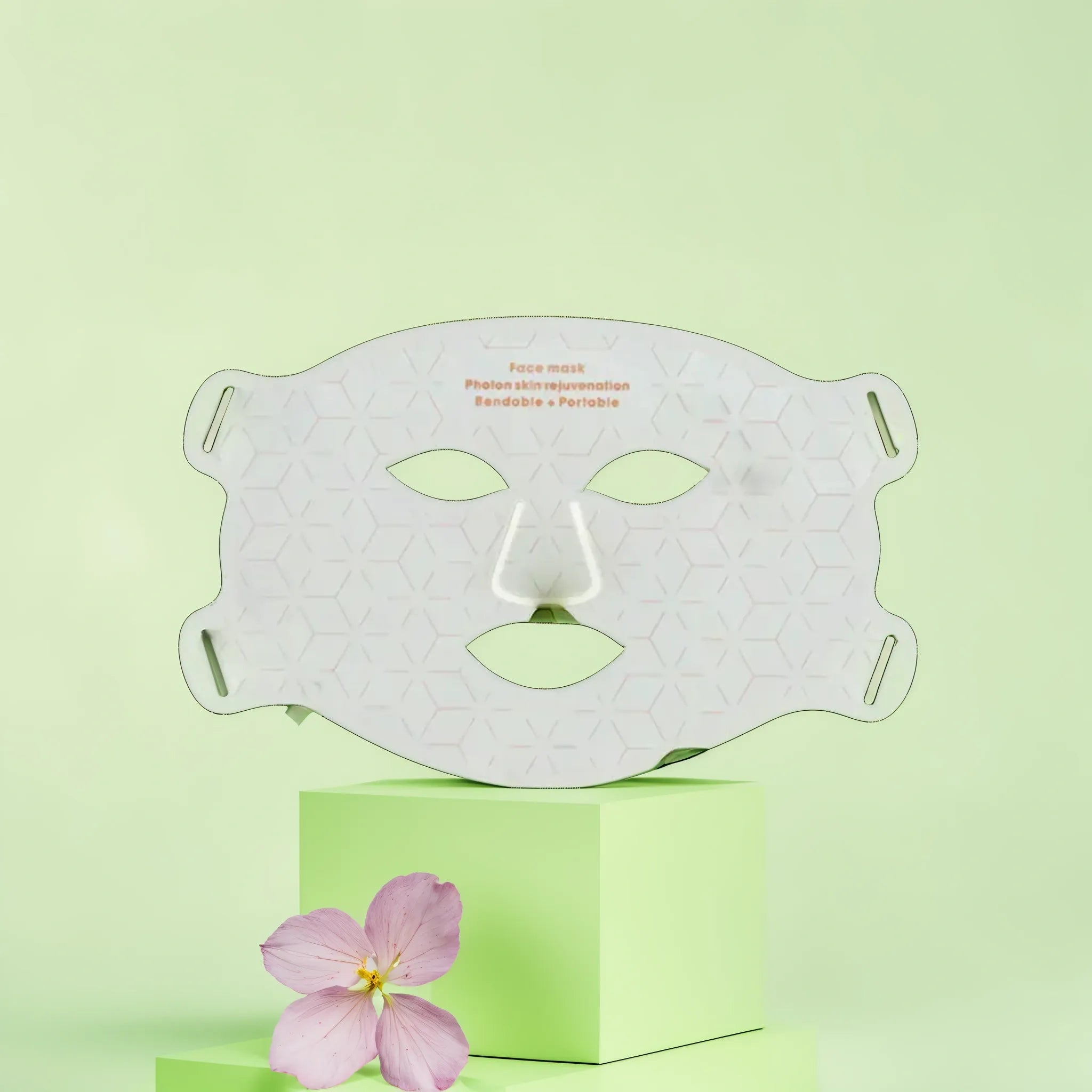
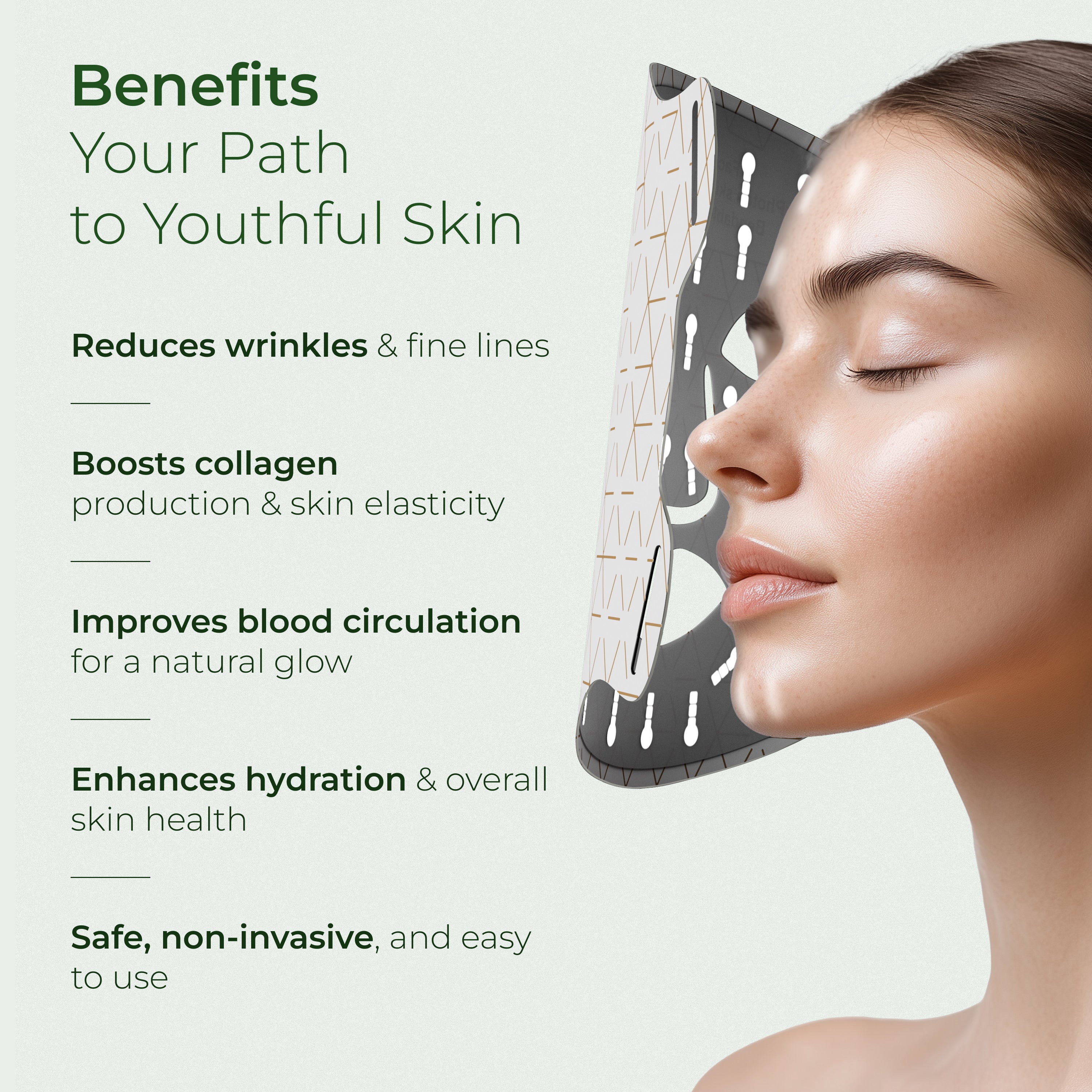



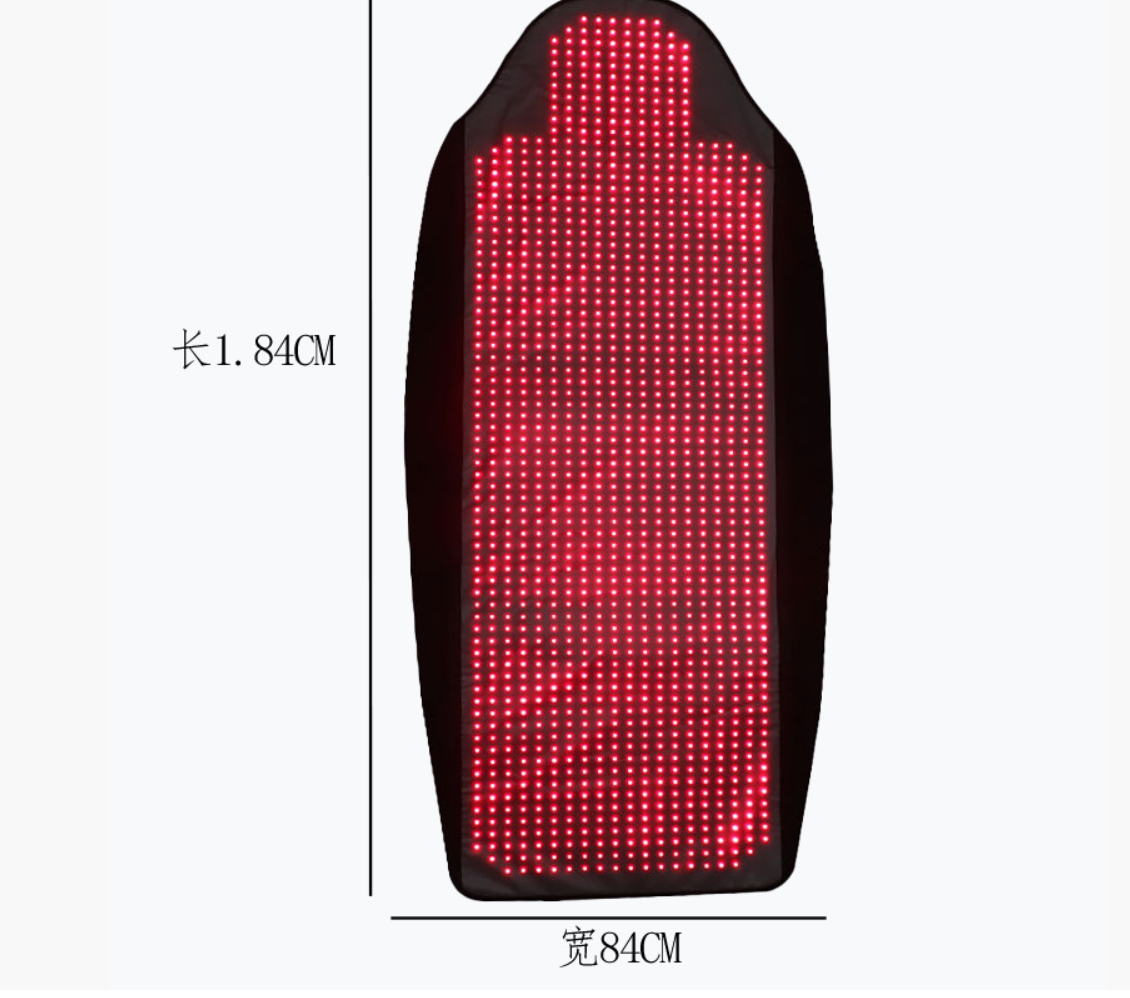

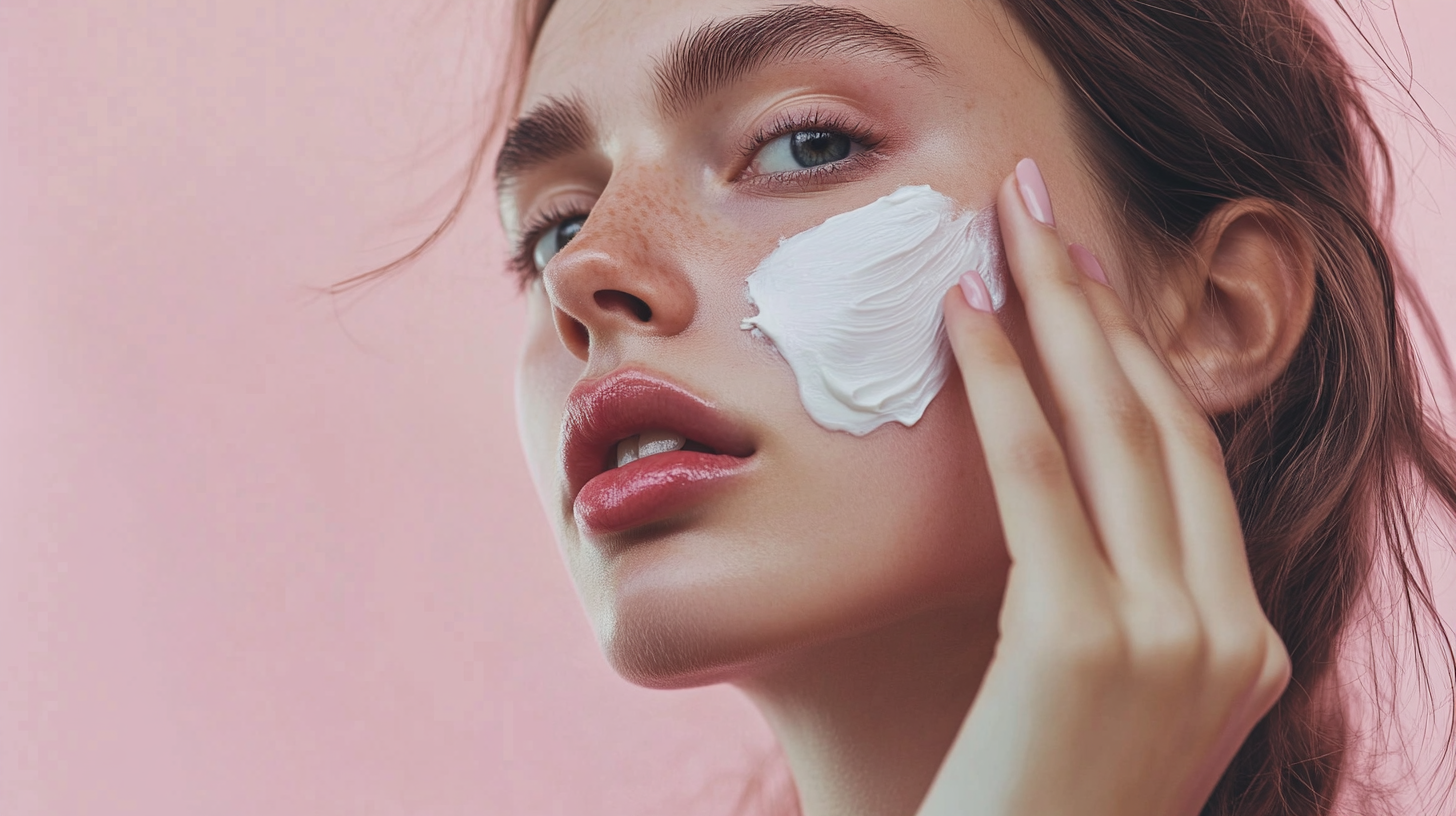

Laisser un commentaire
Ce site est protégé par hCaptcha, et la Politique de confidentialité et les Conditions de service de hCaptcha s’appliquent.